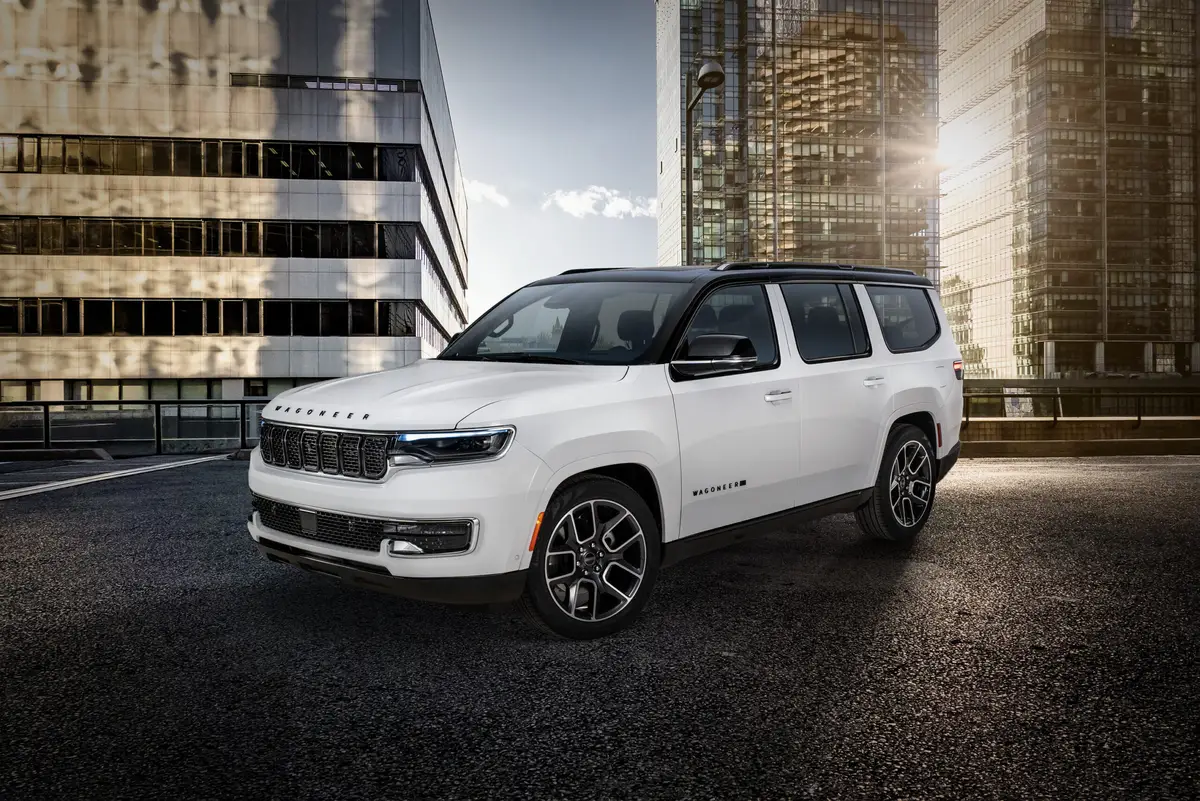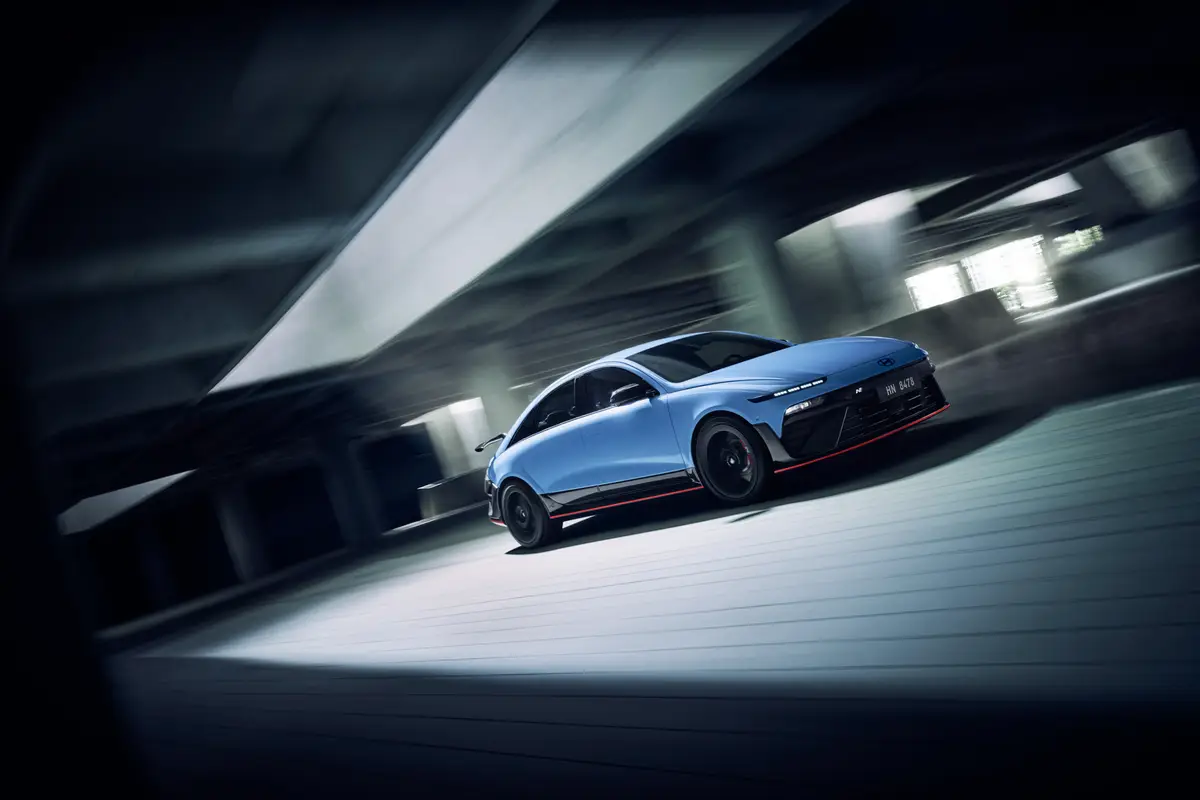Star-Telegram.com's view
Just in time for higher gasoline prices and waiting for you at your nearest Toyota dealer is the all-new Yaris.
No, it’s not a gasoline-electric hybrid that costs $22,000 or more, and gets you maybe up to 50 miles per gallon.
It’s the next-best thing, though: an affordable four-door sedan (base price $11,825 plus $580 freight) or three-door hatchback ($10,950 plus freight) with EPA ratings of 34 miles per gallon in the city and up to 40 mpg on the highway.
The hybrids have been getting a lot of attention as potential gas-savers since pump prices have begun soaring again. But it makes more economic sense to buy the Yaris, whose prices begin at just over $11,000, than the Prius, which starts at $22,000 (if you can even find one). The difference in price between a Prius and a Yaris would take years to make up at the gas pumps.
OK, maybe the Yaris isn’t quite as “cool” as the Prius, which is the darling of the environmental activists.
But you’ll probably feel much better about the Yaris when you write your monthly car-payment check, which will be maybe half what you would be paying for a Prius.
You will still feel pretty good about the Yaris when you pull into your corner convenience store to fill the 11-gallon fuel tank, which will allow you to drive for 340-400 miles, if the EPA ratings are accurate.
Let’s see, if you’re near empty, and have to put 10 gallons in the tank — at this week’s average price of about $2.70 a gallon — that’s $27 to run your Yaris for a week or so.
That’s about a third of what it costs to fill up your average pickup truck, and I’ll bet you can’t go a whole week without refilling it. Even a V-6 powered midsize SUV, with fuel-economy ratings about half of those of the Yaris (if you’re lucky), will cost more than twice as much to operate.
OK, so you’re giving up a lot of convenience to stuff yourself like a sausage into this tiny little tin box of an economy car, right?
WRONG!
Our test vehicle, the Yaris S sedan ($13,325 plus $580 freight and options), is a roomy car that is comfortable up front even for a big guy like me. Even the back seat can accommodate two adults rather comfortably, or even three for short trips.
I can’t do anything about the car’s overall size and the argument that you would probably not fare very well in a collision with a larger vehicle, such as an SUV or pickup.
But there is this to consider: It’s much easier to avoid an accident in a small car such as this than in a bigger vehicle. The Yaris handles very well, stops a lot faster than a pickup or SUV, and is easier to negotiate through a panic situation.
Maybe at some point Americans will finally embrace a concept that European drivers figured out long ago: Energy-efficient small cars make much more economic and environmental sense than large, gas-guzzling behemoths.
Don’t panic. I’m not advocating giving up larger vehicles if you really need them (and some people do). But for our everyday commutes, during which each of us is usually the only person in the vehicle, it makes more sense to drive something that is more energy efficient.
I’ve said before and will suggest again that you might want to consider holding on to your big SUV or pickup for weekend family and household duty, while choosing an energy-efficient smaller vehicle such as the Yaris for your daily commute.
The 2007 Yaris is one of three new subcompact cars arriving this year from the three top Japanese automakers. Honda has introduced the similar Fit, and Nissan is rolling out its Versa.
All three have quite affordable prices and fuel economy ratings that qualify them as bona fide gas-sippers, with fuel economy just a step below the much more-expensive hybrids.
It took a big jump in gasoline prices to fuel interest in this new crop of vehicles, and Toyota and Honda dealers already report brisk sales of the Yaris and Fit. The Versa will be arriving at Nissan dealerships this summer.
All three are somewhat smaller than the smallest cars these three brands had in their lineups last year, at least in the U.S. market. These cars already have been on sale quite successfully in other world markets.
The three-door we’re getting here, called the Yaris Liftback, is the second generation of the Yaris, and was introduced at the Frankfurt Motor Show in Germany in September. The sedan is all new, and is expected to be the best-seller of the two in the U.S. market, where hatchbacks are not embraced by consumers quite as hardily they are in Europe.
Both Yaris models come with the same 1.5-liter four-cylinder gasoline engine used in the Scion xA and xB, rated at 106 horsepower and 103 foot-pounds of torque. The engine is connected to either a five-speed manual gearbox, which is standard, or an optional four-speed automatic ($725 extra for the sedan, $900 for the Liftback).
With the automatic, the city EPA mileage is the 34 mpg, the same as that of the manual-gearbox model. But the highway mileage is 39 mpg, one less than you get with the manual.
The sedan is completely different from the three-door model, and was created by a different set of designers and engineers. It is 19 inches longer than the hatchback, and very roomy for a car that would be considered a subcompact. In fact, it’s about the same size as the previous-generation Corolla, which grew a bit when the newest model arrived a couple of years ago.
Together, the Yaris models replace the Echo as the least-expensive vehicles in Toyota’s U.S. lineup, positioned just below the Corolla. The Echo, introduced in 2000, never quite caught on with American consumers, arriving as it did in the middle of the sport utility vehicle boom, when gasoline, at least here in Texas, was still about $1 a gallon.
Only one version of the Liftback is sold in the United States. But there are three trim levels for the sedan — the base model, known as the CE, a midlevel version, the LE, and our test car, the sporty S model, which has front and rear spoilers and side rocker panels.
The Yaris is aimed at “mainstream youth,” Ernest Bastien, Toyota’s U.S. vice president for the Vehicle Operations Group, said during a media ride-and-drive event for the cars in Dallas.
Toyota already has the Scion line of small cars designed specifically for youth. The Yaris and Scion vehicles are aimed at different groups of consumers, Bastien said, but Toyota does expect some cross-shopping to occur.
“Scion is for people who want to stand out and be different; Yaris is for people who want to fit in,” he said.
Where Scion vehicles offer lots of ways that buyers can personalize them, and are ordered by their customers rather than just picked from the showroom floor, the Yaris models have limited add-ons, and are sold mostly as they are equipped when they arrive on dealer lots.
Even so, our tester came with a few extras that pushed its total sticker to $15,745, which is still a great price considering that the average new-car transaction prices these days is more than $26,000.
Options on our car included a “power package” ($1,350), which tacked on 15-inch alloy wheels, antilock brakes, power windows/mirrors/door locks, upgraded AM/FM/compact-disc audio system, cruise control, and upgraded interior trim; remote keyless entry ($230); fog lights ($110); and carpeted floor and cargo mats ($150).
For the base price, though, the Yaris is already decently equipped. Standard amenities include air-conditioning, electronic power steering and throttle control systems, 15-inch steel wheels, 60/40 split-folding rear seat, tilt steering wheel, intermittent wipers, rear defroster, AM/FM/CD audio system with MP3 playback capability, and a jack for connection of an external audio player, twin trip meter, front and rear cup holders, and cloth seats.
The extra cost of the S model brings the front and rear under-bumper spoilers, side rocker panels, “S” badging, color-keyed bumpers/mirrors/door handles, and multi-reflector halogen headlights.
2007 Toyota Yaris
The package: Economy subcompact, three- or four-door, four-cylinder, front-drive, five-passenger hatchback or sedan.
Highlights: These two cars, a sedan and a hatchback, are new for 2007, replacing the Echo as Toyota_s entry-level vehicle in the U.S. market. Both are quite roomy for cars with such small profiles, and their outstanding fuel economy is a big selling point along with their affordable prices.
Negatives: No engine upgrades are offered for those who want a sportier driving experience.
Engine: 1.5-liter inline four-cylinder.
Transmission: Five-speed manual, four-speed automatic (optional).
Power/torque: 106 horsepower/103 foot-pounds.
Brakes, front/rear: Disc/drum (antilock optional).
Length: 150 inches (hatchback); 169.3 inches (sedan).
Cargo capacity: 12.8 cubic feet (hatchback); 12.9 cubic feet (sedan).
Curb weight: 2,293-2,326 pounds.
Fuel capacity/type: 11.1 gallons/unleaded regular.
EPA fuel economy: 34 miles per gallon city/40 highway (manual), 34 city/39 highway (automatic).
Major competitors: Honda Fit, Nissan Versa, Chevrolet Aveo, Hyundai Accent, Kia Rio.
Base prices: $10,950 (hatchback), $11,825-$13,325 (sedan), plus $580 freight and options.
Price as tested: $15,745, including freight and options (S model).
On the Road rating: ***** (five stars out of five).
G. Chambers Williams III is staff automotive columnist for the San Antonio Express-News and former transportation writer for the Star-Telegram. His automotive columns have appeared regularly in the Star-Telegram since 1995. Contact him at (210) 250-3236; chambers@star-telegram.com.
Prices shown are manufacturer’s suggested retail; actual selling price may vary according to manufacturer and/or dealer rebates, discounts and incentives, if any.
Latest news



